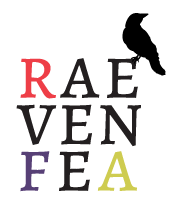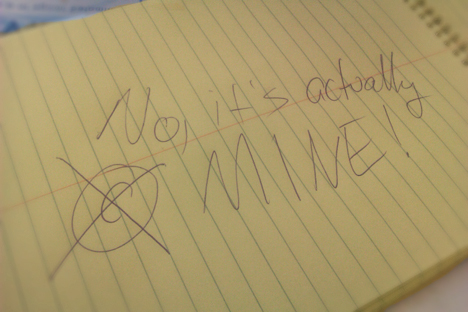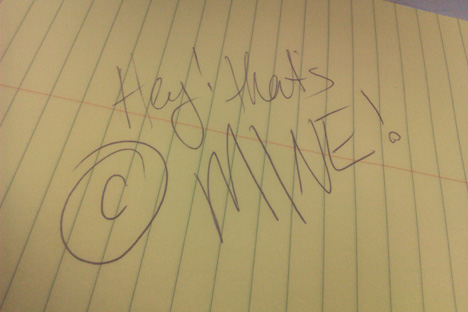Blog Etiquette: Giving Proper Attribution
First off, a little fan-girl squee: one of my quilts appeared on a blog run by a famous quilt historian/author/designer. Whee! That said, I was surprised to see my quilt appear on the blog, only finding out out because I subscribe to it.
Some are quick to blame Pinterest and other plug-ins and bookmarklets that make it simple to cross-post content from one part of the Web to another for muddying the waters of IP and making us bloggers turn into rude content thieves.
But, stealing content without attribution or request started long before those technologies and services came about, and I’m certain they weren’t in use in this situation.
I’ve covered asking for stolen content to be removed, but what if you don’t mind that it was taken, you just want proper attribution?
That’s a question I’ve been struggling with since I saw the post—especially since the only method of contact I could find for the author was to comment on the post—they didn’t have an email address posted or a contact page.
So, ideal world time: we, as responsible bloggers, should endeavor to always give proper attribution and get proper permission to use other’s content. And, we should provide a way for others to easily contact us so that they can do the same.
It’s the second part that’s really bothersome in this situation. My only recourse is to comment on the post—a public forum. I’m not angry that content was stolen, I just want to request—privately—that they give proper attribution.
So, what should you do in this situation?
Since the photo in question actually belongs to someone else, (it was taken by the newspaper, not me) I contacted the photographer so that they can handle it in the way that they see fit. I can’t speak for them, but I can (and should) alert them. I did leave a comment thanking the author for the mention, and gently correcting the spelling of my name.
I kept getting hung up on “this person is famous, and it’s just little old me!”. Objectively, they should be even more aware of these types of issues—to cover their own famous bums and to set an example of how they want their own IP to be treated. So, while I am completely honored to have my quilt appear, ultimately, I deserve the same respect of IP and attribution that I would give them. In other words, feeling honored doesn’t mean you shouldn’t request your due rights.
I’ve come up with a stock message in case this happens in the future, that I hope is polite but firm about adding a notice that the photo is mine. It mentions that my policy is, as clearly stated on my blog, that they’re welcome to use my images so long as I’m credited. Hopefully, it only ever needs be sent in private, but perhaps if it must be put in a comment, it will encourage others to take another step toward that ideal world of asking, attributing, and inviting contact. I say stock, because while I’ll likely modify it in each situation, it removes the temptation of fan-girl spinelessness—I have the message, I will send it in every instance.
If you haven’t already, make sure you have information about your own copyright stance somewhere on your blog, be it a separate page or in your sidebar. If it is on its own page, make sure a link appears on all pages of your blog. While you’re at it, make sure that you provide a way to contact you. Yes, we all worry about spam (and yes, there are readers who think they should give unsolicited advice about your life), but people do need to contact you on occasion, and that should outweigh your other worries. Plus, there’s a delete button in your email client.
Think about your own stock message so that a response can be automatic without you having to stew over it.
And in the end, really? It seems like a published author should know better than to take images from various places on the Web without attribution of some kind…
What would you do in this situation? Is it something you’ve dealt with before? I admit, sometimes I’m not perfect about proper attribution, but I try to make it clear where all content and images come from.








